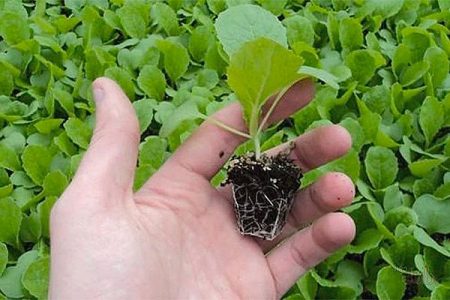
Cabbage is a heat-loving plant, which falls on the gardens mainly in the form of seedlings. After sprouts, breeders dive to dive cabbage without fail, and this action has several methods. You can dive sprouts in separate containers, peat cups or under a film.
Content
Do I need to dive cabbage?
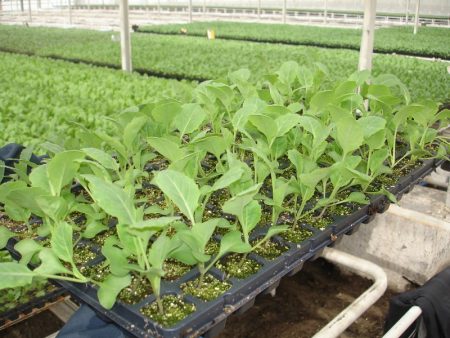
Those who sow cabbage seeds for the first year always ask themselves the question: how much dive manipulation is necessary for this vegetable crop, will it harm the plant? Here, experienced gardeners and seed producers agree: diving will not hurt cabbage. Moreover, it is precisely this that will make it possible to obtain a rich harvest in the fall.
The meaning of this stage in the preparation of seedlings for life in the open ground is unequivocal: to strengthen the root system and thereby strengthen the sprouts. When the stem and first leaves make their way through the earth at home, the problem of growing too fast arises. The elongated leg becomes thinner, and already on the bed, when the greens increase in size, it can simply break. Or, because of his weakness, catch a disease of the black leg.
Among other things, plant transplantation slows the growth of the aerial part of the sprout. Subsequently, low, strong seedlings on open ground take root more quickly, in contrast to tall, sprawling specimens with liquid roots.
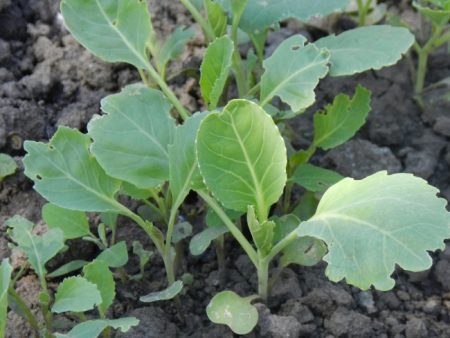
Another important point of picking - with a mass planting of culture in one container, it allows you to avoid the death of those stems that were in the shadow of neighboring, stronger, higher and leafy. It is possible to do without transplantation if initially the seeds were planted in independent containers or, under certain temperature and light conditions, in open ground at a rarefied distance.
Thus, the following factors are an advantage of transplantation:
- due to root growth, the nutritional area of the sprouts increases;
- land renewal provides an influx of useful elements for plant growth;
- excess crowding of seedlings disappears, each individual copy gets more sunlight;
- diseased and underdeveloped stems are removed in advance.
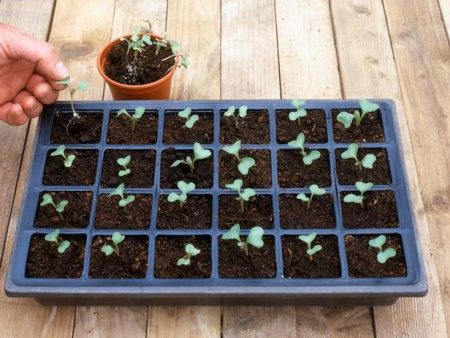
Despite these positive aspects, picking is a complex, stressful process for the plant itself. Not every sprout survives during its implementation; all seedlings rapidly weaken for some time. Those who do not accept transplant cabbage seedlings are guided by the following reasons:
- when transplanted, the roots are injured in any case, and some of them may not recover. Initially, a healthy and strong plant withers and dies;
- sprout development slows down significantly, in the conditions of tight time periods this may affect the amount of the crop;
- the main root stops growing, all the forces of the plant go to the creation of side roots. In general, it absorbs many times less moisture and nutrients from the soil;
- sometimes picking practically does not affect the results, especially in the southern regions of the country. And a lot of time is required for a transplant.
Indeed, planting seedlings directly into the ground and getting an excellent crop without transplants is possible if cultivation is in areas with a hot climate.
Dive Methods
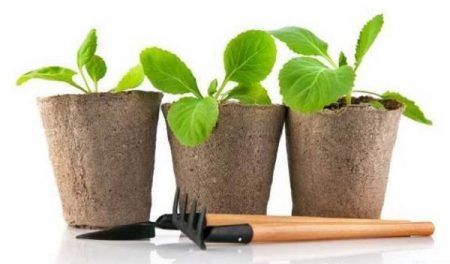
You need to dive cabbage in a clearly defined state of the sprout. Pinching is carried out only in healthy specimens in the presence of developed cotyledon leaves.Seedlings with one or two true leaves are already able to transfer the intervention to their root system. The approach may be different: in the general and separate containers, in peat cups and under the film.
Transplantation to the total capacity
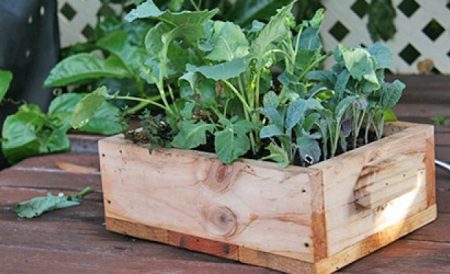
For this method, both new boxes from the store and containers that survived not the first planting of seedlings in their lifetime are suitable. In the latter case, the container should be treated with a weak solution of potassium permanganate before use.
Before you get seedlings, pour into a new box with soil, leave two or three centimeters to the edge free. The filler can be purchased at the store, but it is more advisable to dilute it with the soil in which the plant will be in the garden. It can be mixed with ash, sand or peat. Before use, the earth should be calcined at high temperature.
When transplanting, it is important that the roots remain in the ground. Therefore, transferring from one container to another, they can not be shaken. It’s better to get it with a spoon: so a lump of moist earth with the least loss will move to a new place of residence. There you should take care of new plants in advance: for the shoots, holes on the surface of the soil should be prepared. In it, the plant is buried to the cotyledon leaves. After transplanting, the earth around the seedling is compacted.
Separate containers
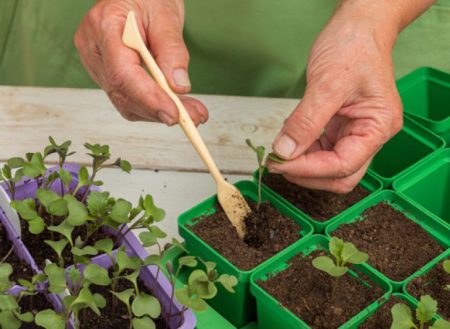
As separate containers, gardeners usually choose plastic cups or plastic bags for dairy products. The only requirement for them is the diameter should reach 5 cm.
At the bottom of such a vessel, it is enough to scissor a flat hole so that excess water goes into a common pan. If there is an overabundance of seedlings, a pair of sprouts can be planted in one package. When transferred to open ground, the weaker is rejected.
The weak side of using non-natural materials - the roots of seedlings sprout in the drainage holes. Transferring them to the garden without damaging the root system is very difficult. In this case, carefully cut the cup or bag.
Peat glasses
The natural origin of the cups facilitates the work of the gardener and does not injure the roots of the culture sprouts. In open ground, the stem is transferred along with the container. A glass not only decomposes without a trace in the earth, but also fertilizes it: peat is an organic fertilizer.
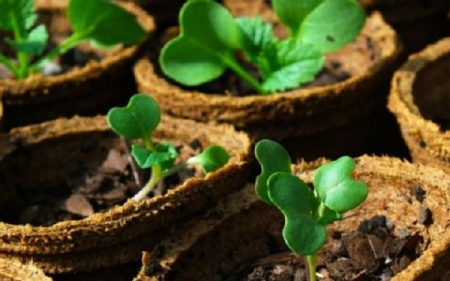
For cabbage, the diameter of such a container should be from 5 to 6 cm. The rules for filling with soil are the same as for large boxes. A couple of centimeters of the upper edge of the cup should remain free so that moisture does not overflow over the top. After placing the seedling in the hole, we compact the earth around it. The soil in the old and new tanks must be thoroughly spilled.
Regardless of where they are kept, seedlings deepen to cotyledon leaves. When peat cups are planted on beds, sprouts do not show growth failures.
Film transplant
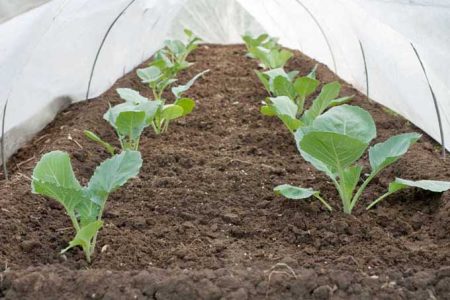
This method requires time and patience of the gardener. The result of the efforts is a significant saving of space for growing seedlings. In traditional sowing, at least four times as much area is required to accommodate boxes or cups.
There are two options for using film for pickling cabbage: “film + peat” and “film + paper”.
Film + Peat
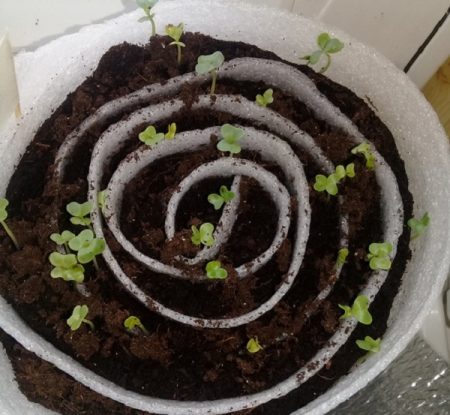
We cut a dense plastic film into rectangles of 60 x 20 cm. In the upper corner we place a little peat, on which we spread the seedling.Cotyledon leaves should be above the film level. Top sprout close the same amount of land. We turn the bottom of the film, then we roll it around the stem with a roll.
We fix the edge with tape or adhesive tape. On the adhesive tape you can record the necessary information - the terms of the pick, grade, etc. Sprouts are placed on a common pallet. Due to the fact that the seedlings are placed tightly, seedlings require additional lighting.
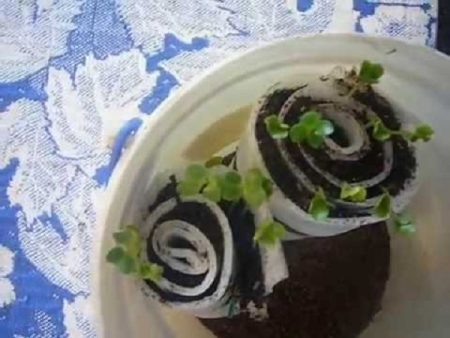
When caring for seedlings with this method, it is necessary to ensure that the soil is always moist, but not excessive. When 4 leaves appear, 70-100% of the soil should be added to each roll.
Film + Paper
For this method, you should stock up not only with film, but also with toilet paper. This method of growing is shorter than the first. After the appearance of the second or third leaf, seedlings should be transplanted into another container or open ground.
We cover the polyethylene 10-centimeter strips with toilet paper, slightly moisten with water from the spray gun. In one centimeter from the top of the film, we spread the seeds of cabbage 3 cm from each other.
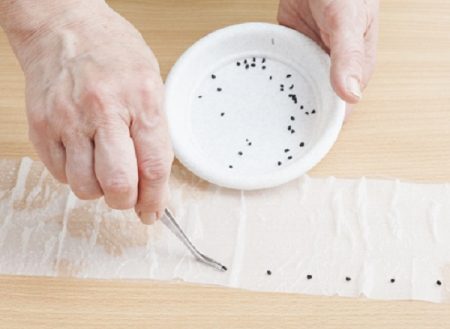
Close on top with another layer of toilet paper. We wrap it with polyethylene so that it can be irrigated from above.
We turn it into a roll and send it in a bag of milk. In humid and warm conditions, the germination of the crop occurs faster than with traditional sowing. But paper does not contain nutrients and must be added externally. During the time required for the appearance of two or three leaves, it is necessary to carry out two fertilizing with humic acids.
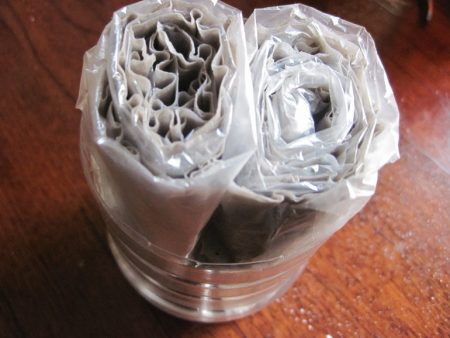
Dive Dates
Before observing the picking dates, it should be clearly understood when to start the initial sowing of the culture. Early varieties of cabbage ripen for a month, and only after that planting on the beds is possible. That is, you need to sow the seeds in the last days of April. Late ripe cabbage grows for four months, which means that it needs to be sown already in late January - early February.
Early and middle white cabbage dives on the seventh-eighth day after the appearance of the first shoots. After two weeks of age, picking will have no effect. Cauliflower, kohlrabi and broccoli are pinched on the ninth to tenth day, after 17 - a maximum of 19 days is no longer possible to dive.
Pickled cauliflower
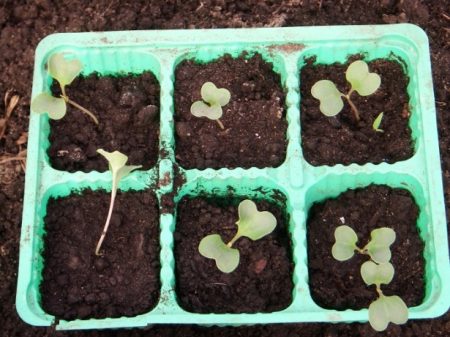
Cauliflower is a more tender plant than white cabbage. Already at the germination stage, she needs more sunlight and more frequent watering. The soil for this crop is also different - the pH should be no higher than 6.
It is not surprising that in central Russia, this crop is planted in the ground only by seedlings. In these territories, seeds are sown in mid-March, in the southern regions - from February 10 to 20. To pick plants, you should wait for the first two leaves to appear. As soon as the appearance of the next pair becomes noticeable, the time has come to transplant.
Transplanting seedlings is recommended in separate containers: plastic cups, plastic cropped bags, peat vessels. After the plants recover after transplanting, you can proceed to hardening. If you create the most hothouse conditions - high temperatures, oversaturated soils, maximum lighting, in the end you can lose seedlings. High spreading seedlings, most likely, do not take root in the open air.
Landing cabbage in open ground occurs about a month after germination.
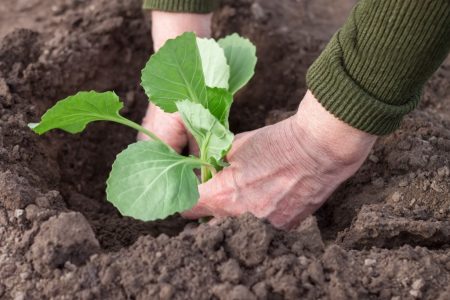
Conclusion
The quality of the crop can be judged already at the stage of growing seedlings. If the stems are strong, not tall, the leaves are small, the root system is branched after a pick - most likely, the head of cabbage or inflorescences will please the owners with size, juiciness and taste. The main thing that needs to be done for this is to comply with all the recommendations for growing a vegetable crop and choose your own method of picking plants.

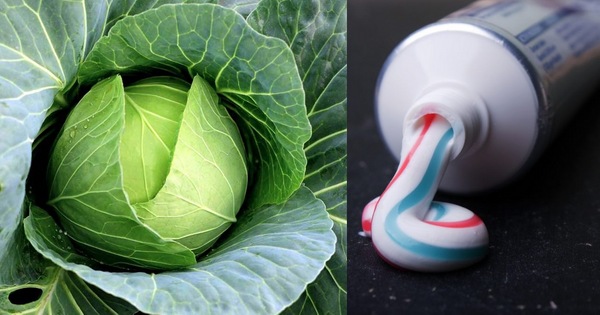
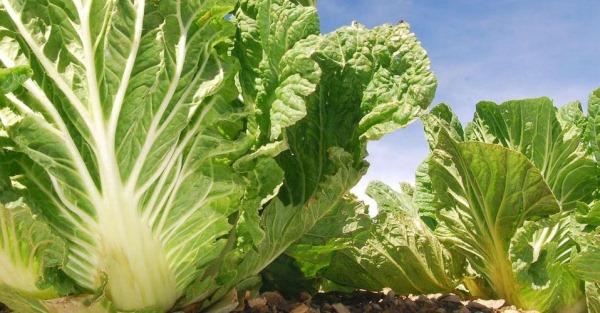
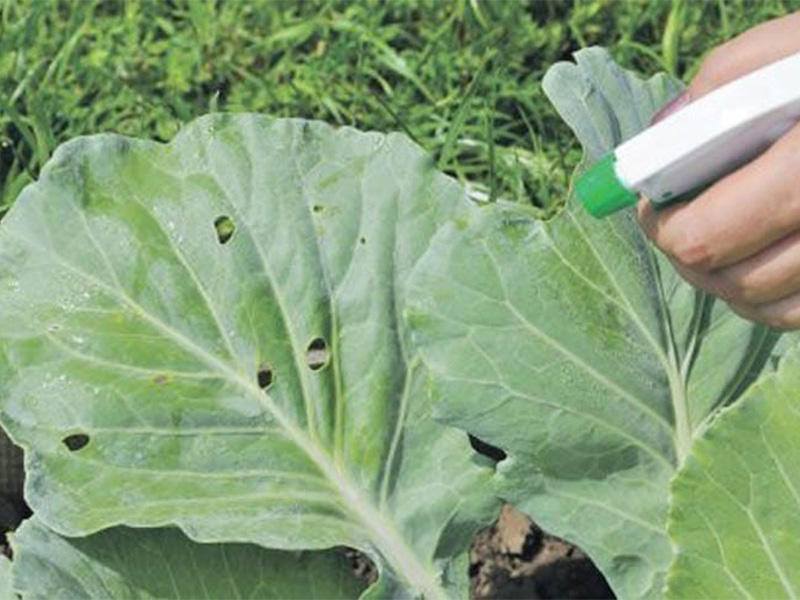
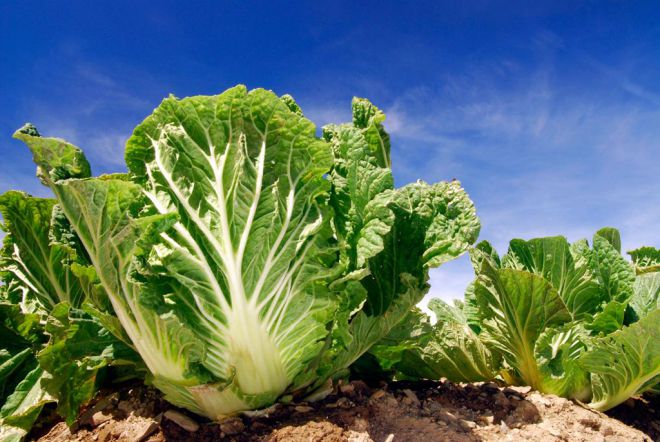 How to grow Chinese cabbage on your site?
How to grow Chinese cabbage on your site?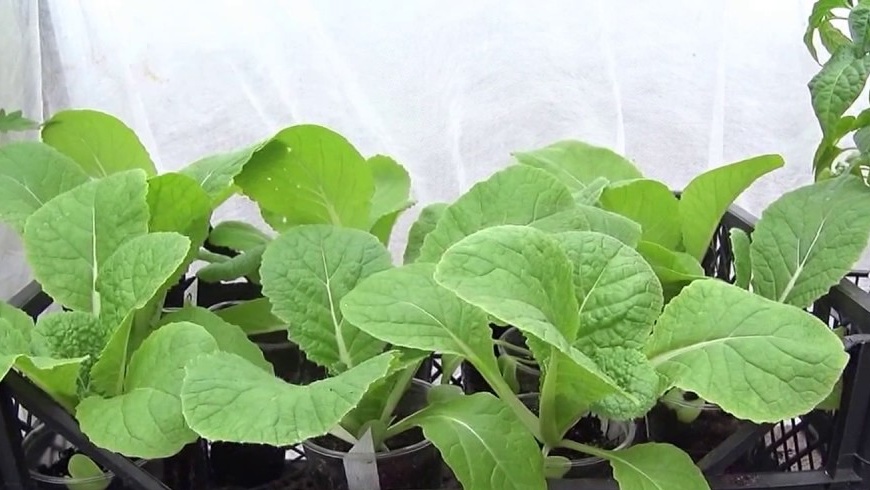 When to plant Chinese cabbage on seedlings in 2024
When to plant Chinese cabbage on seedlings in 2024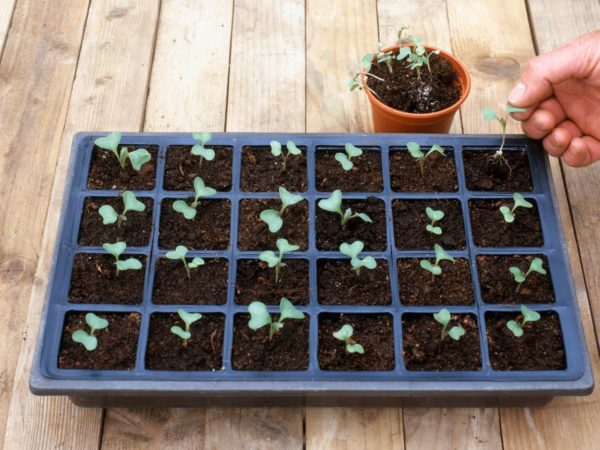 When to sow cabbage for seedlings in 2019 on the moon
When to sow cabbage for seedlings in 2019 on the moon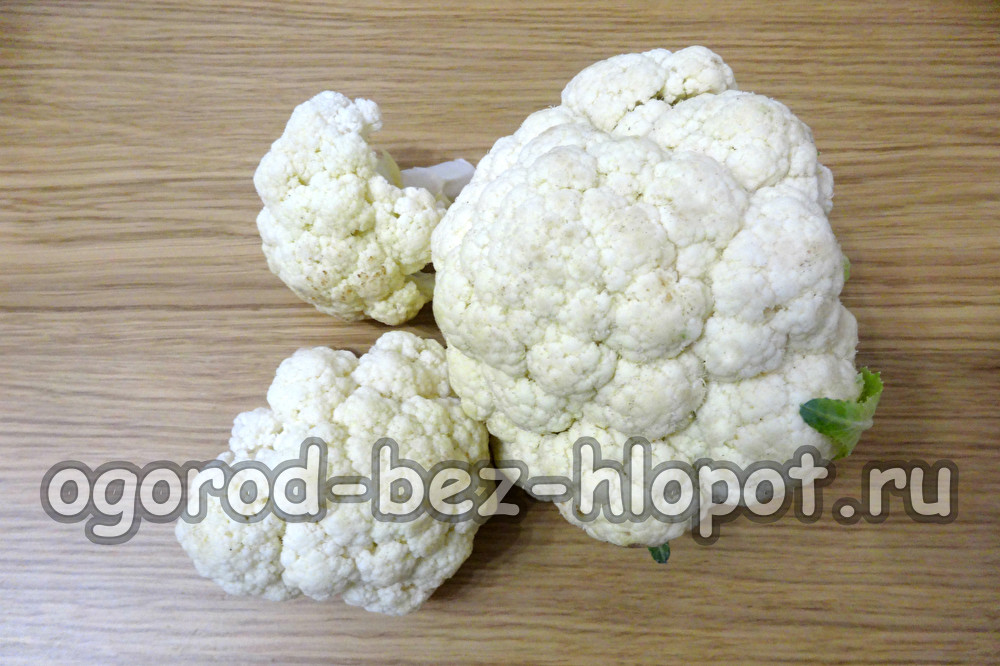 Cauliflower: how to grow large snow-white inflorescences
Cauliflower: how to grow large snow-white inflorescences